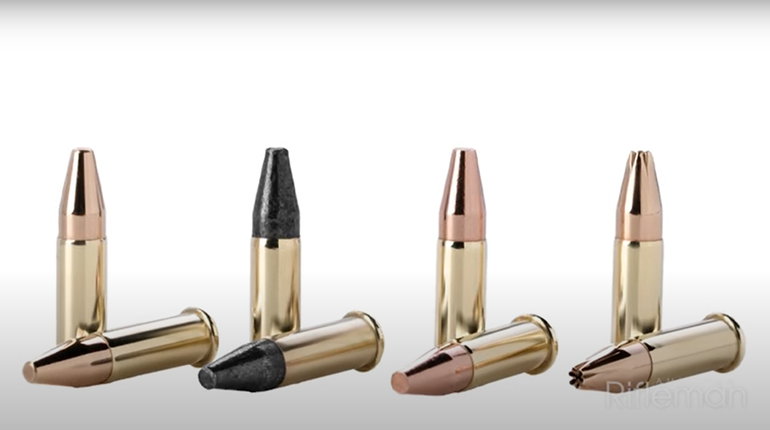
Elk may not scrape and keep a home territory like a Midwestern whitetail, but the shifting landscape of the elk rut mimics the changing characteristics of the whitetail rut. By adjusting your strategy weekly to take advantage of pre-rut, breeding and post-rut behavior, you stand a higher chance of success in a game that’s heavily weighted in favor of the home team.
Week One
By the beginning of September bulls are at top testosterone levels. Young bulls are anxious, and old bulls show interest in cows but are still leading a laidback life with occasional spikes of enthusiasm on cooler days or simply on a whim. Mature bulls tend to reserve energy resources and even sit on the sidelines until the first hint of estrus.
This leaves you with two options. First, you can target young bulls with calls to incite an encounter. Young, eager bulls easily get into trouble as they seek out pre-rut action. Remember your teen years? Scout ahead for bachelor groups of bulls still intact during the first week. Also scout for herds of cows, as immature bulls often move in as stand-in patriarchs.
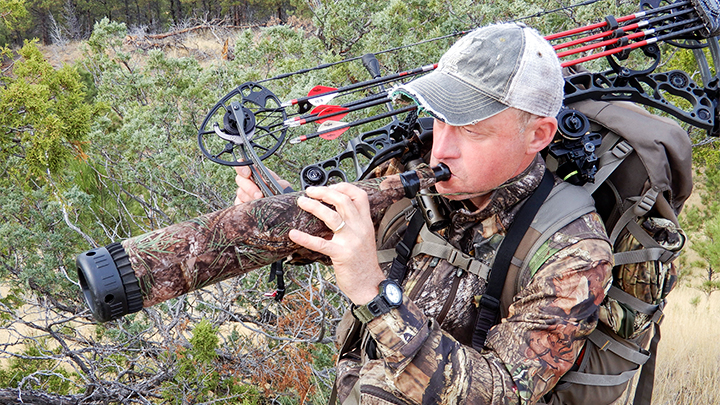
Calling in the proximity of these groups with the sounds of an excited, but not overpowering, bugle could bring in a bull. Add in cow chatter as you gauge the excitement of the response. If you know elk dwell nearby, sit tight even if you don’t hear a response. Young or old bulls may simply wander in to investigate the ruckus.
Your second option is to hunt near wallows. Elk wallow in muddy water to cool down, but the muddy water also aids in transporting their scent profile through their territory. Unlike a whitetail that leaves scent in a scrape area, bull elk spray themselves with urine and overlay it with a mud-caked coating. This activity is highest the first two weeks of September and decreases as breeding duties take over. An impromptu hide, pre-set ground blind or a portable treestand all have merit near a wallow that displays consistent activity. Think trail-camera confirmation where legal.
Week Two
Things are starting to happen now, and you can equate it to the whitetail pre-rut. All bulls are rut-restless, waiting for the first cows to come into heat. Big bulls are taking over cow groups and immature bulls transition to satellite status.
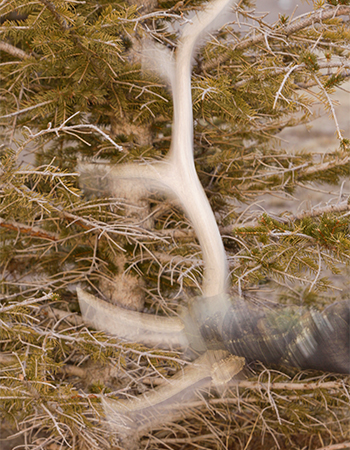
As the changeup occurs it creates significant calling opportunities. Both bull and cow calls can be incorporated into an over-the top drama suggesting the first cow has come into heat.
If a bull responds, match his enthusiasm call for call. This is a good time to include the sounds of tree rubbing, snapping branches or even rolling rocks. You may even add in rattling to simulate sparring bulls. Carry a small set of antlers or unique calls like the Rocky Mountain Hunting Calls Rattle Cage.
This time period also beckons to partner calling. Flip a coin. One hunter calls and the other moves ahead to shoot. Separate yourself by as much as 100 yards depending on cover density, and have the shooter at a downwind angle to the caller. Most bulls circle to scent check before committing.
Week Three
Chaos describes this period of the rut as the majority of cows cycle into estrus. Herd bulls try to manage disorder as they tend to cows and drive away love-sick satellite bulls. All this activity creates the perfect distraction for you to capitalize on. Shut up and shadow the herd. Keep a downwind angle and let the rut craziness create opportunities for you to slip in for a shot as daily disarray plays out. You may have no need to use calls.
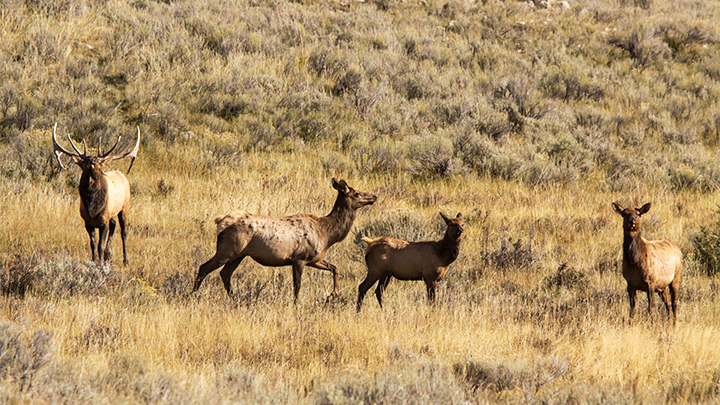
If you know where the herd is headed, begin your morning above them and be in an ambush area to meet them as they pass through, or as they look for bedding. This saves you calories and creates an element of surprise. Elk expect hunting pressure from behind, but when they ascend to lofty hideouts, they garner a sense of confidence.
In some elk-heavy areas, calling does have merit. Satellite bulls will be aggravatingly tagging along behind, and mimicking them could make a herd bull circle back. Using cow or calf sounds to imitate stragglers trying to catch up could bring a satellite bull running. It might even lure a herd bull back to round up what he believes to be herd dawdlers.
Week Four
Tired and worn out, but not ready to give up yet describes the last week of September. This is the time period when old bulls begin leaving the herd, but are not necessarily ready to give up the romance completely. Roaming bulls looking for the last fling of the season can create some of the best calling prospects you’ll encounter. Plus, younger bulls taking over a newly abandoned herd bugle their hearts out as they advertise newfound stature.
Of the two, focus more on solo bulls that respond with vigor to your locator calls. A solo bull will come in without a herd in tow, which means fewer eyes to catch your mistakes. How far such a bull will travel to your calls could surprise you. Aggressive bugles with a hint of cow presence is enough to turn the head of a loner. Again, match his tempo, showing your protective nature of the cows you pretend to harbor.
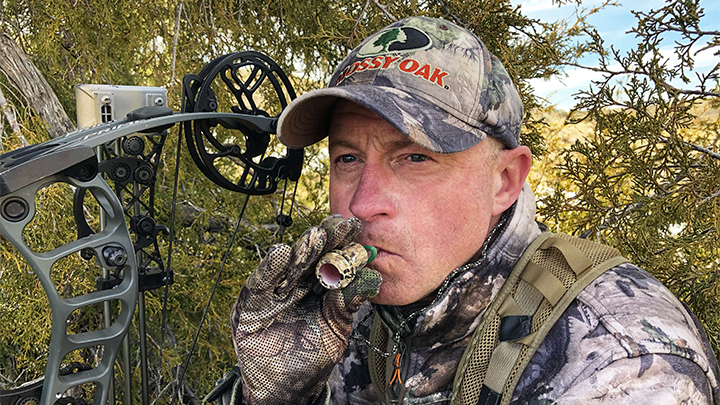
As for satellite bulls suddenly finding themselves in a “Charles in Charge” role, shadowing again becomes the top tactic. These bulls have led a subordinate rut life and don’t want to jeopardize their good fortune with a brawl gone bad. Study the bull’s demeanor. If he appears ready to rumble, then switch to calling.
Dates may differ depending on your elk-hunting region, but the rut still transitions quickly. Match your tactics to the week of the elk rut and you could compose a date for elk success.
































